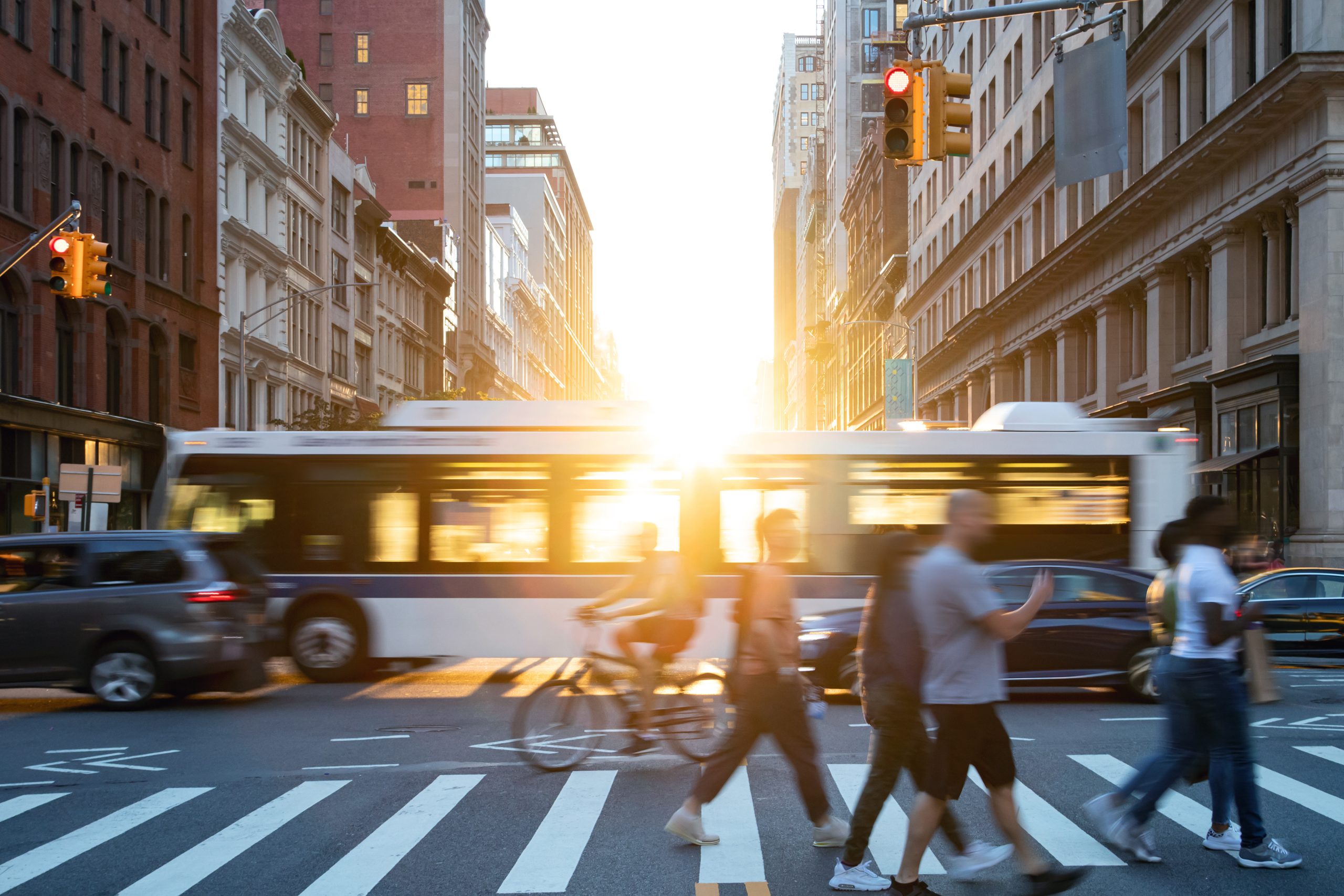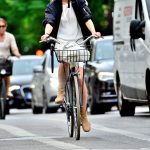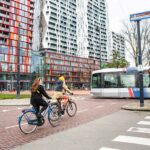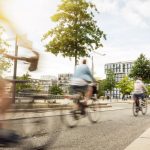
Working together in ecosystems
“Cooperation is necessary; it’s indispensable,” says Paul van Koningsbruggen (Technolution). “But working together has pros and cons. Cooperation is the only way forward, but it is a complex way.”
“The problems we face are wicked,” says Van Koningsbruggen. “There was a time that we thought ‘the Netherlands is completed,’ but of course a country is never finished, it’s never completed. We had a phase when solutions had to be simple, like the groeikernen (overspill towns) from the 1970s. The idea was simple – just build somewhere where you do have space. Almere is a good example, as are Zoetermeer and Purmerend and other towns that were built from scratch. There was great optimism and we thought employment opportunities would follow, but in fact what happened was we got heavy commuter traffic. Then the historic cities began to emerge again – and became so expensive that people are currently being forced out of the city. No surprise therefore that the focus now is on building new homes within the city limits. At the same time cities have to join the energy transition, become more climate-resistant, and develop a wider view on prosperity. All this put together creates a truly complex question, one which can’t be solved simply by engineering or technical solutions, no matter how smart. Human values have to be involved more.”
Overlook no one
Complex issues require easy-to-grasp mottos. Technolution has encapsulated the issue of social inclusion in traffic in ‘Overlook no one’. “This is about intersections and corridors, but you can also take it in a wider sense. Everyone matters, including at the social level. It’s fascinating to look from this perspective at what we do – and particularly what we don’t – pick up at intersections and along traffic corridors. Without realizing it, we exclude entire groups of people. Not everyone is given the space they need, literally. And this while we’re actually trying to make it easier for people to walk, cycle, and generally spend time outside, and to ensure our children can safely cross the road and play outside. Even if there is urban densification.”
Integration of specialisms
Complex questions also demand cooperation, and the crucial point here is that we have to integrate the various specialisms. “After years of specialization the challenge now is to bring these specialisms back together again. This is happening in technology, in developments such as AI and Large Language Models such as ChatGPT. A truly wide range of disciplines is involved in that, from technology to biology and psychology, linguistics, information technology and mathematics – and the same will apply to urban development. We have to do it together. Whenever we try to rise to the challenges that cities are facing, we have to forge cooperation between disciplines. In Copenhagen a few years ago, Technolution realized smart traffic solutions on the basis of cooperation with urban anthropologists, industrial designers, traffic engineers, traffic control technicians, and installation companies. In a somewhat similar situation we are currently working with the cities of Amsterdam and Almere, Groningen Bereikbaar (‘Accessible Groningen’, a partnership consortium in its own right), and the companies Goudappel and Vianova. It’s a public-private partnership, with a range of disciplines, all embedded more broadly in the DMI ecosystem. We’re bringing crucial knowledge and experience together.”
Limits to technology
“Take a zero-emission zone – license plate recognition is usually sufficient to enforce that. But what if we want to work with all kinds of different zones in cities, for example dynamic environmental zones that are activated when air pollution exceeds a certain threshold, or zones that come into force whenever traffic density becomes too high – how are we going to implement that? License plate recognition too? Before you know it, you’re in some dystopian situation and this we don’t want. We’ll have to bring all knowledge domains together to think of solutions that are supported by residents, entrepreneurs, and visitors to the city. And these groups will preferably have to be part of the solution too. Any solution adopted will have to be a solution for everyone.”
Looking for the right business model together
Another form of cooperation is to work with technology-driven services such as route navigation, information provision, and social media. Can we use this type of service for societal challenges? Can we use the new industries, products, and infrastructures that have emerged in the wake of this type of service for our own purposes? There are indications that this is going to happen and various tests and pilots are showing the value this can add. But who is going to pay for these services if they are used to meet societal challenges? These services have generally emerged in the business-to-consumer market, and of course are focused on the individual consumer’s interests. But what we want to do now is put the interests of the community (in the city) first. Logically, this means that the community should pay for this, right? This has to be further developed in new business models, by government bodies, the market, and the community working together.”
Who owns the knowledge?
“Developing knowledge and cooperating is great,” says Van Koningsbruggen, “but it also requires a shift in attitudes. We live in a society that is based on competition. At the moment, at Technolution we’re generating knowledge in the DMI and within that in the DRO consortium (Digital Control of the Use of Public Spaces), and this is coordinated by the City of Amsterdam, but Almere, Groningen Bereikbaar, Vianova, and Goudappel are also involved. Who owns the knowledge that is generated in this context? The competitive element has brought us a lot, but we also have to look at this from a wholly new perspective.”



